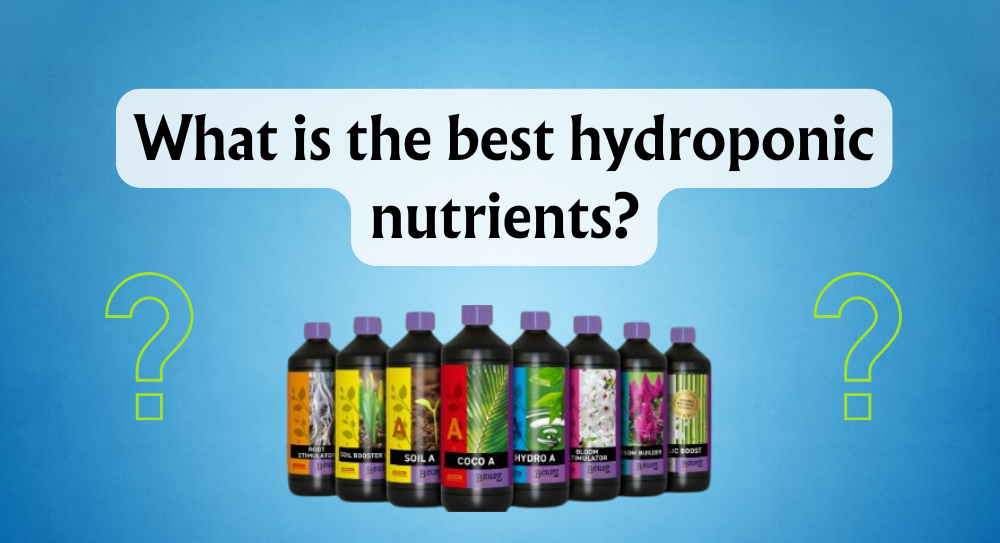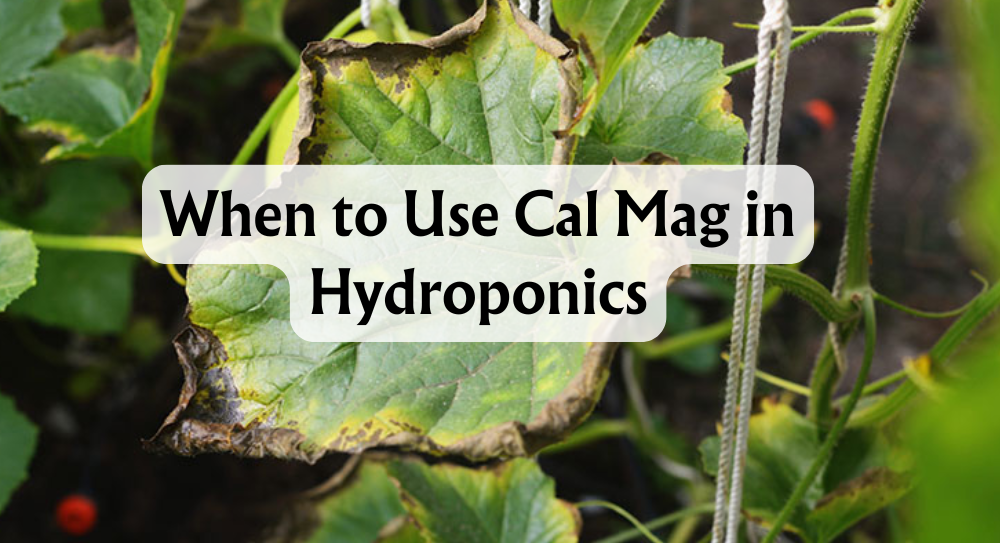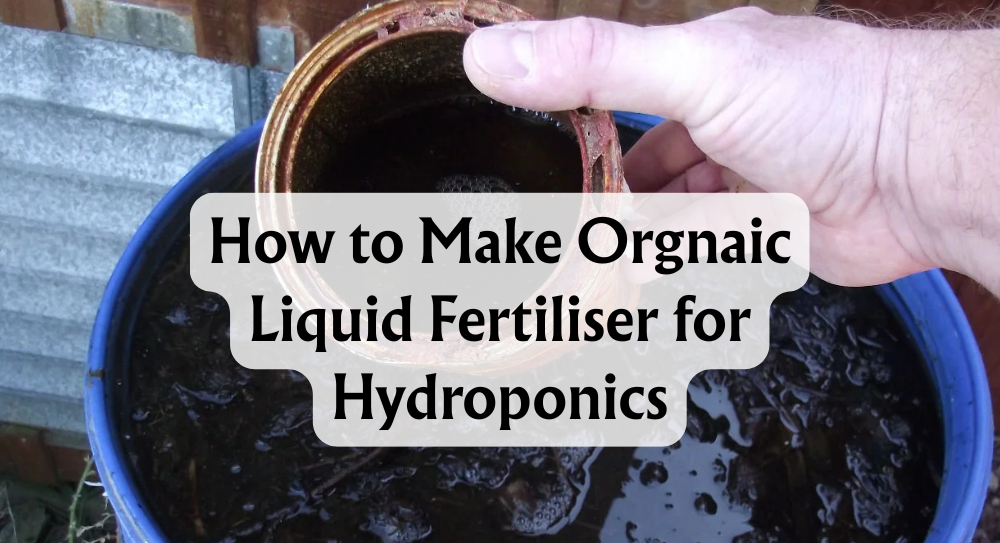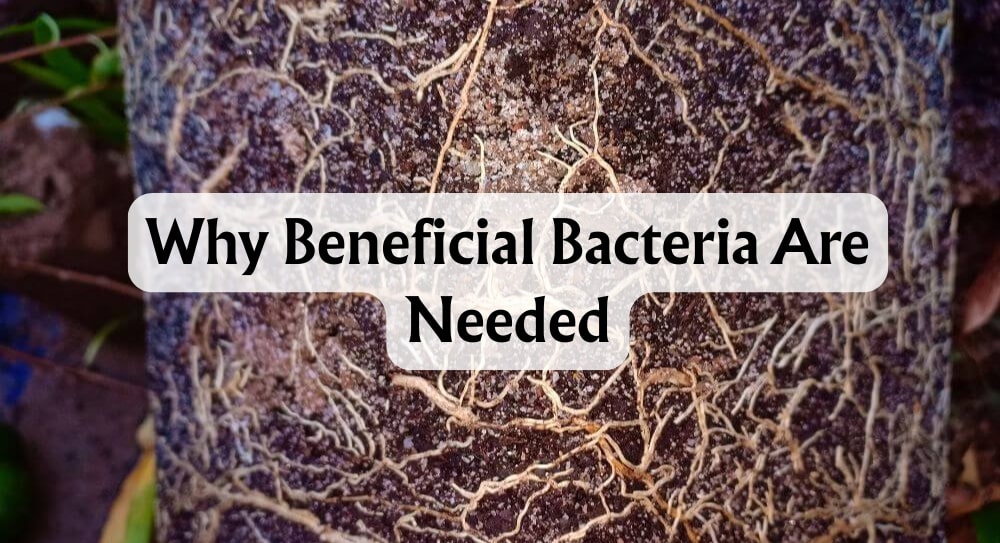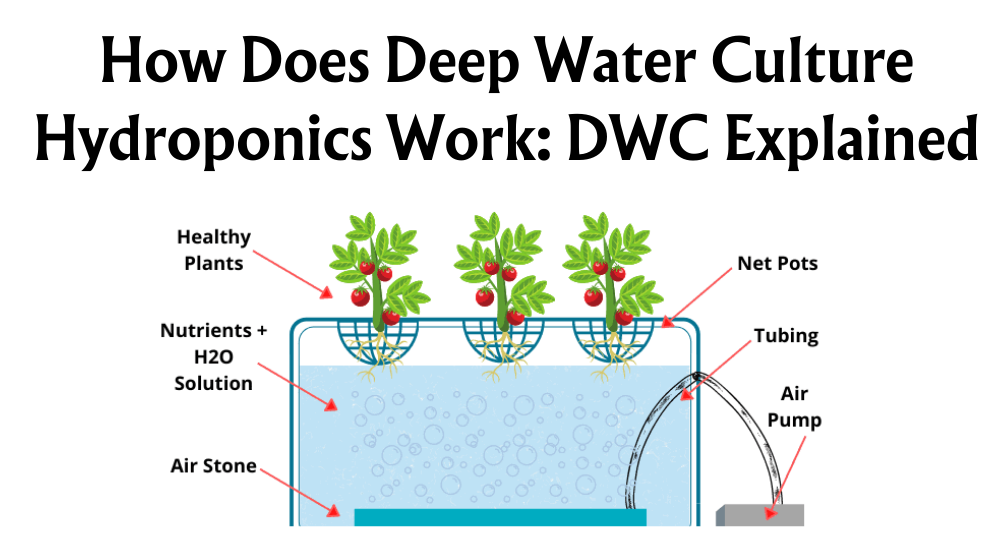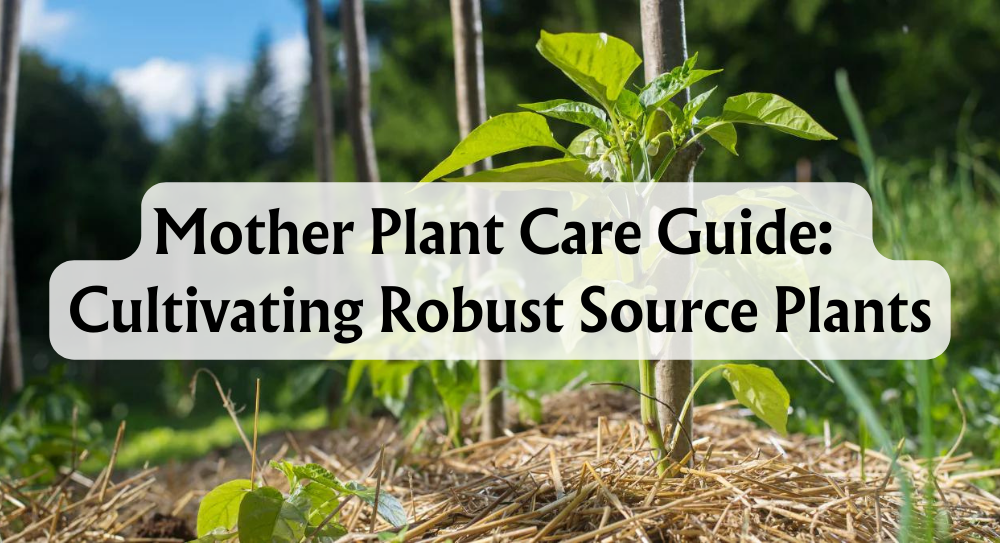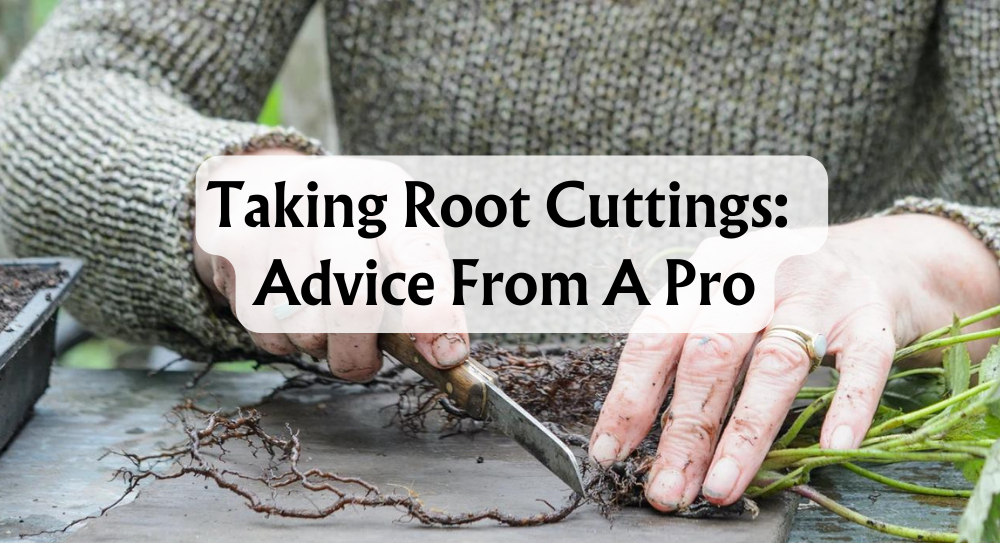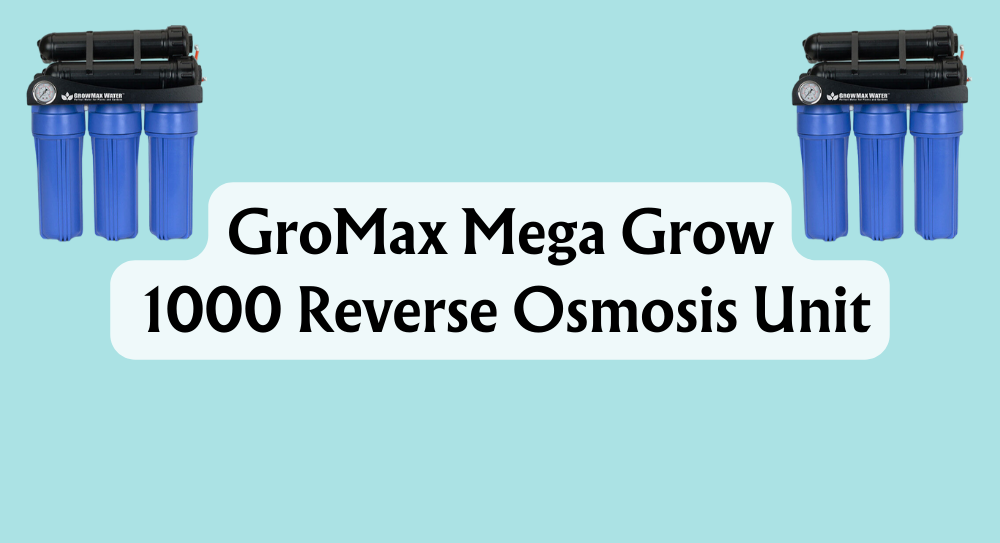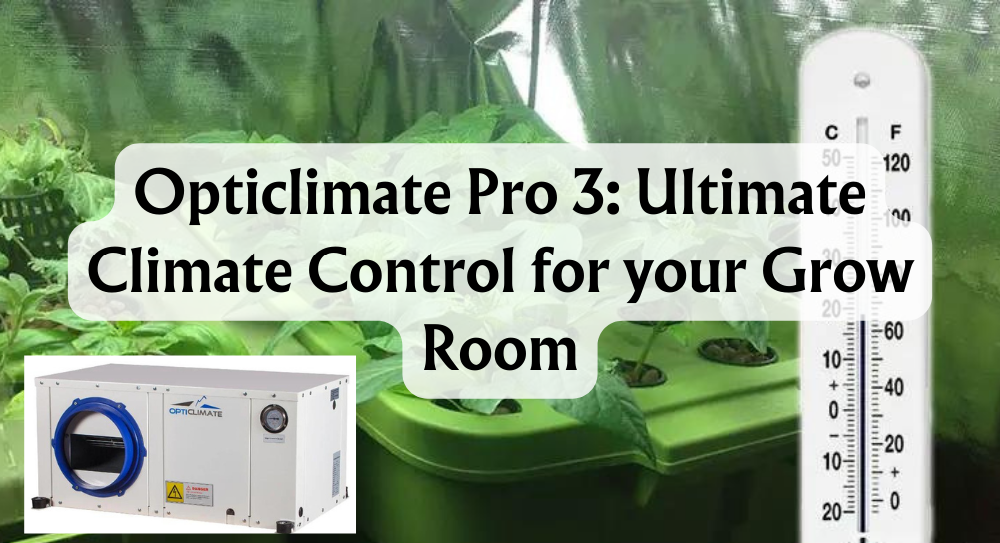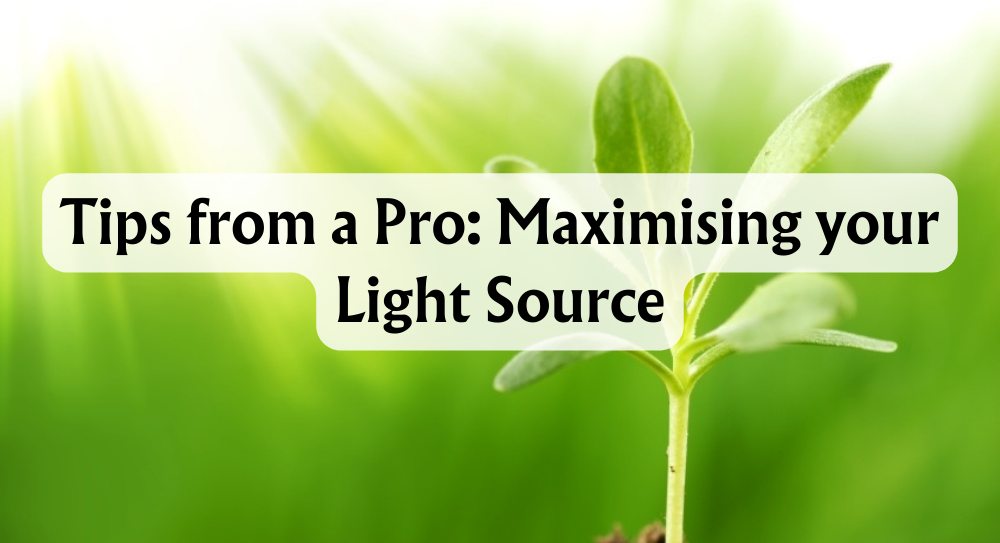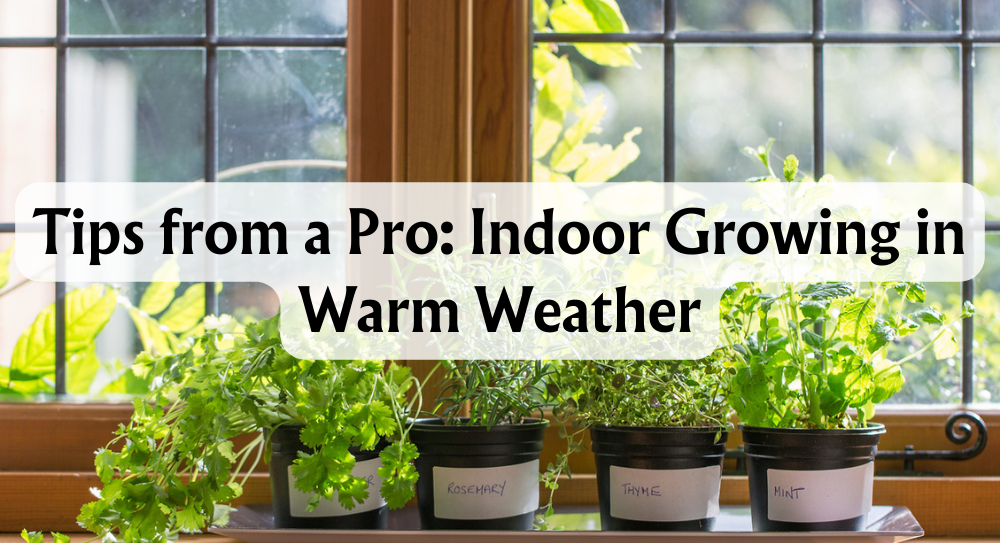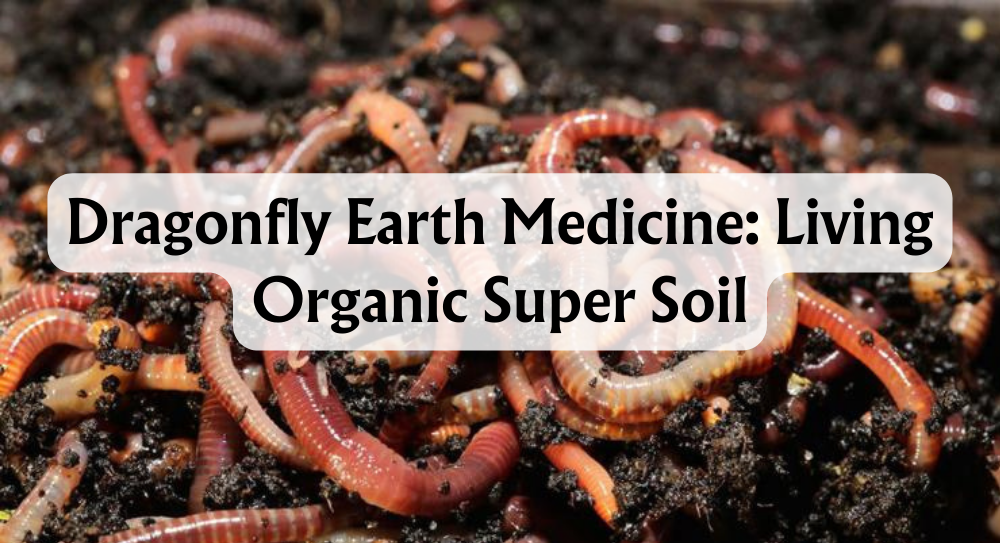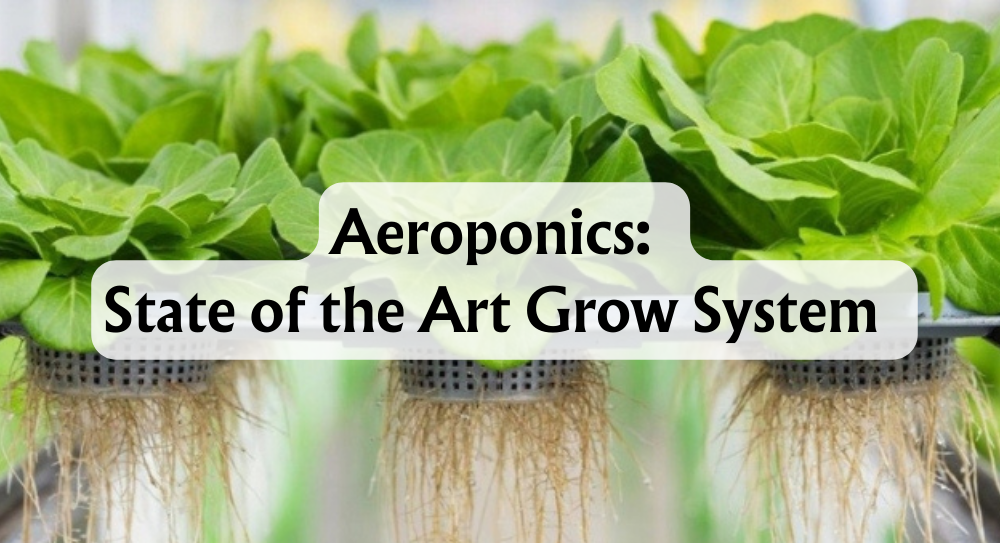In hydroponics, we trade traditional soil for a water-based environment to grow our plants. This innovative method circumvents the inconsistencies of soil quality, allowing for precise control over the nutrients our plants ingest. By mastering the nutrient mix, we can optimise plant health and yield, which begs the question: what constitutes the best fertiliser for hydroponic systems? Settling this is crucial because, unlike soil, which contains natural nutrients, a hydroponic grow system relies entirely on the nutrient solution to deliver everything plants need to thrive.
Hydroponic fertilisers are specially formulated to dissolve in water, providing plants with the essential macro and micronutrients they need. They come in both liquid and powder form, each with its own benefits and application methods. Identifying the best among these options involves understanding the nutrient needs specific to your plants and the type of hydroponic system in place. With our collective gardening know-how, we aim to steer you towards the optimal fertiliser choice that promotes vigorous growth.
The aim here is to demystify the intricate world of hydroponics and craft a guide that navigates the complexities of choosing the right fertiliser. Whether you're a seasoned green thumb or taking your first steps into hydroponic cultivation, we're here to impart our knowledge, distilling the essence of what truly fuels plant growth in water-based horticulture.
Key Takeaways
- Hydroponic systems replace soil, the traditional grow medium with a water-based solution enriched with specialised fertilisers.
- Choosing the best hydroponic fertiliser is critical for plant health, requiring a balance of macro and micronutrients.
- Powder and liquid fertilisers offer different benefits; the choice depends on plant species and system type.
Understanding Hydroponic Fertilizers
In this section, we'll look at what hydroponic nutrients and fertilizers are, exploring their types and how they operate within a hydroponics system. Let's demystify these plant-feeding solutions to ensure your hydroponic garden thrives.
What Are Hydroponic Fertilizers
Hydroponic fertilizers are specifically designed, water-soluble substances that provide the different nutrients needed to keep plants growing in a soil-less environment. Now, let's break down their components:
- Macronutrients: These are the big players – nitrogen (N), phosphorus (P), and potassium (K). They're needed in larger amounts and are pivotal for plant health.
- Micronutrients: Though required in smaller quantities, micronutrients like iron, manganese, and zinc are just as critical for the plant's well-being.
When it comes to the source of these nutrients, we're looking at two broad categories:
- Organic Fertilizers: Derived from natural sources, they're eco-friendly but can be variable in their nutrient content.
- Synthetic Fertilizers: These are man-made and offer precise nutrient ratios, ensuring consistent feed for your plants.
As for composition, water-soluble fertilizers might come as:
- Single-part: Simple to use but might not cater to all the plant stages.
- Multi-part: More complex but can be tailored for different growth phases.
Types of Hydroponic Fertilizer
For use in hydroponics, our fertilizers typically come in two forms:
- Liquid Fertilizers: They're ready to mix and easy to use, quickly providing nutrients to your plants.
- Powdered Fertilizers: These require some pre-mixing and dissolve in water before they can be fed to the plants.
Moreover, a well-balanced hydroponic fertilizer should contain a harmony of nitrogen, phosphorus, potassium, and micronutrients. Each plays its unique role in supporting various functions such as leaf development, root growth, and overall plant vigour.
How Do They Work
Now, let's get to the nitty-gritty of how these nutrient-rich concoctions work their magic:
- Delivering Nutrients: Hydroponic fertilizers dissolve into the nutrient solution, essentially a mix of water and nutrients, directly accessing the plant roots for quick uptake.
- pH and EC Levels: They can alter the pH and Electrical Conductivity (EC) of your solution, which we need to monitor and adjust for optimal plant absorption.
- System Interaction: Whether you've got a Deep Water Culture (DWC), Nutrient Film Technique (NFT), or Ebb and Flow setup, fertilizers play nice with all, each requiring a certain approach to provide the best outcomes for your green darlings.
Nutrient Solutions and Mixing
When we talk hydroponics, nutrients are the main event; it's all about ensuring we've got a primo mix that ticks all the boxes for plant health. With the right nutrient solutions, we can avoid pesky deficiencies and imbalances that upset our green pals.
The Best Nutrients for Hydroponics
In hydroponics, our plants need a balanced diet of recommended nutrients to perform at their best. Think of macronutrients as the headliners - nitrogen (N), phosphorus (P), and potassium (K), which are critical for their growth and energy. Plus, calcium, magnesium, and sulphur are part of this star lineup. Now onto the support act - micronutrients like iron, crucial for chlorophyll and a whole bunch that are just as important, even if they're needed in smaller doses.
Not keeping an eye on electrical conductivity (EC)? Now's the time to start! It shows us how many nutrients are in the mix. Getting this wrong can lead to the horror show of nutrient imbalances. Too high, and our plants might struggle with nutrient burn. Too low, and they might put on a sad, nutrient-deficient performance.
Achieving the Right N-P-K Ratio
The N-P-K ratio is like the secret recipe for a perfect Victoria sponge cake – get the balance wrong, and it’s just not going to rise. For hydroponics, we're looking at numbers like 4-18-38. That’s 4% nitrogen, 18% phosphorus, and 38% potassium. A good balance here means we're setting the stage for strong roots, blooms that grow bigger, and overall plant vitality.
But remember, plants, like people, can be unique. Different crops might crave different N-P-K mixes, so we might need to tweak that recipe. Let's make sure to match our nutrient mix to our plant's particular script for a standing ovation. And never forget about our backstage crew – carbon, hydrogen, and oxygen. They're sourced from H2O and CO2, but without them, the show just can't go on.
Liquid vs Powder Fertilizers
When navigating the world of hydroponic fertilisers, we must consider the benefits and drawbacks of liquid and powder forms. Each presents distinct advantages in terms of nutrient concentration, ease of use, and overall cost-effectiveness. Let's have a peek at what sets them apart to help us decide which might be the star performer for our flowering and fruiting.
Pros and Cons of Liquid
Pros:
- Ease of Use: Liquid fertilisers are often heralded for their user-friendly nature. Just measure and mix!
- Solubility: They blend effortlessly with water, reducing the risk of system blockages.
- Immediate Availability: Liquid nutrients are readily available for plant uptake.
Cons:
- Cost: Tend to be pricier due to shipping weight and packaging.
- Shelf Life: They might degrade faster than powders.
- Risk of Nutrient Toxicity: Over-application can quickly lead to nutrient burn.
Pros and Cons of Powder
Pros:
- Cost-Effectiveness: Generally, more bang for your buck and lower shipping costs.
- Shelf Life & Stability: Powders boast impressive shelf lives.
- Customization: Mixing our own solutions allows us to tweak nutrient profiles perfectly.
Cons:
- Preparation: Requires dissolving, which can be an extra step over liquids.
- Clumping: Poor mixing can lead to undissolved solids that block hydroponic systems.
- Storage: Although compact, they must stay dry to prevent clumping.
For both types, we'd recommend keeping a keen eye on the N-P-K ratios and ensuring our plants get exactly what they need. Remember, whether liquid or powder, the best fertiliser for our system ultimately hinges on the type of plants and our personal preferences in managing the hydroponic environment.
Optimal Conditions for Hydroponic Solutions
Firstly, to get the best results in using hydroponic systems, it’s crucial to monitor the temperature of your nutrient solution, keeping it within a sweet spot of 18-24°C. This isn't just a nice-to-have; it's the Goldilocks zone for optimal plant growth.
Next up, pH levels. Think of pH like a doorman at a club, deciding who gets in or out. Keep your pH levels between 5.5 and 6.5, and your plants can absorb all the goodies they need from that base nutrient.
Speaking of nutrients, calcium nitrate and magnesium sulfate are like the dynamic duo of hydroponics. They provide essential elements, so make sure they are included in your nutrient mix, avoiding any deficiency dramas.
And we mustn't forget about our mate, the pH buffer. This chap ensures your solution's pH stays stable. Imagine it’s like having a good friend who keeps you level-headed when things get hectic.
Let’s break it down so it’s super easy to remember:
- Temperature: Keep it snug (18-24°C)
- pH level: Balance is key (5.5 to 6.5)
- Calcium nitrate: Essential for plant growth
- Magnesium sulfate: The unsung hero
- pH buffer: Your pH’s best bud
Maintain these conditions, and you'll be well on your way to having a hydroponic haven.
The Best Hydroponic Nutrient Solution
When you're diving into the world of hydroponics, looking for the best nutrient solution can feel a bit like we're all taking a science exam. But, worry not! We have choices that we belive provide the best results and are the most versatile. We would happily advise the Atami BCuzz range for its excellent results and range of high-calibre products:
Atami BCuzz Soil Nutrient A+B is a premium two-part nutrient solution designed for soil-based growing. It delivers essential nutrients for healthy, vigorous plant growth, ensuring optimal nutrient absorption and lush, vibrant results. Ideal for hydroponics and traditional soil cultivation alike.
Atami BCuzz Coco Nutrient A+B is a high-quality two-part nutrient solution tailored for coco-based growing. It provides balanced nutrients essential for healthy plant development and robust growth, ensuring maximum absorption and optimized results in coco substrates.
Atami BCuzz Hydro Nutrient A+B is a premium two-part formula crafted for hydroponic systems. It delivers precise nutrients for vigorous plant growth, ensuring optimal absorption and thriving results in water-based cultivation.
Atami BCuzz Silic Boost is a concentrated silicon supplement that strengthens plant cell walls, enhancing resilience, stability, and overall plant vitality. Ideal for any growing system.
Atami BCuzz Soil Booster enhances nutrient uptake and promotes robust root development in soil-grown plants. Boost vitality and achieve healthier, stronger growth.
Atami BCuzz Coco Booster is specially formulated to enhance nutrient absorption and stimulate root and plant development in coco substrates for thriving growth.
Atami BCuzz Hydro Booster is designed to optimize nutrient uptake and stimulate robust plant and root development in hydroponic systems for maximum growth potential.
Atami BCuzz Root Stimulator promotes vigorous root growth, enhancing nutrient uptake and plant stability. Perfect for strong, healthy plants from the ground up.
Atami BCuzz Coco Bloom Stimulator is designed to enhance flower and fruit production in coco-based growing systems. It boosts plant health and ensures vibrant, abundant blooms.
Atami BCuzz Bloom Stimulator is a powerful nutrient booster that enhances flower and fruit development, promoting larger, more vibrant blooms for healthier, high-yielding plants.
Atami BCuzz Blossom Builder Liquid is a premium flowering booster that stimulates robust bloom production, enhancing flower size, density, and overall yield for thriving plants.
Now, let's have a heart-to-heart about environmental and health impacts. Our choices should lean towards sustainability, staying conscious of the footprints we leave behind for future generations of growers.
Here's a quick rundown:
- Stage-Specific: Match the nutrients to your plant's stage of life.
- System Size: More plants, more nutrients. Makes sense, right?
- Water Quality: Good water in, good plants out. Keep an eye on those pH and EC levels.
- Budgeting: Quality matters, so invest in the best your wallet allows.
- Going Green: We're gardening, after all, let's keep it Earth-friendly.
So, there you have it. Keep these pointers in mind, and picking the best hydroponic nutrient solution will be a breeze.
Essential Micro-Nutrients and Additives
When we discuss nutrient formulations, it's not just about the big three: nitrogen (N), phosphorus (P), and potassium (K). We've got to chat about the supporting cast of micro-nutrients that plants adore.
Let's talk about calcium (Ca), often the unsung hero in plant growth. It's like the plant's backbone, vital for cell walls and growth. Next up, magnesium (Mg), the heart of chlorophyll — without it, plants would struggle to photosynthesise.
Now, imagine sulphur (S) as the plant's kitchen, blending flavours and creating that sharp tang in garlic and onions. Sulphur is crucial for certain amino acids and enzymes.
Give it up for trace elements! They’re like the dash of salt that brings out the flavour in food. Here we're ogling at copper (Cu), zinc (Zn), iron (Fe), boron (B), manganese (Mn), molybdenum (Mo), and chlorine (Cl). These micro-nutrients are critical, even in tiny doses.
|
Element |
Role in Plant Growth |
|
Copper |
Enzyme activator and photosynthesis aid |
|
Zinc |
Growth hormone production |
|
Iron |
Chlorophyll synthesis |
|
Boron |
Cell wall formation and fruiting |
|
Manganese |
Chloroplast production |
|
Molybdenum |
Nitrate reduction |
|
Chlorine |
Osmosis and ionic balance |
Plants need these in just the right amounts. Too little, and they'll show you they're sad with stunted growth and poor harvests. Too much, and it's like an awkward dinner, you could corrode the roots and block up nutrient uptake.
Choosing the right nutrient solution for hydroponic growing is a balancing act. You've got to know the pH of your substrate since it affects nutrient availability. Liquid solutions are top-notch for misters, while powdered options are a good match for deep water or ebb and flow systems.
Troubleshooting Common Problems
When we dive into the world of hydroponics, we might face a bit of a learning curve. Feeding our plants the best fertiliser isn't always straightforward – but fear not! We're here to crack the code on two pesky hurdles: nutrient deficiencies and toxicity. Who would've thought that too little or too much of a good thing could cause such drama?
Dealing With Nutrient Deficiencies
Nutrient deficiencies can sneak up on us, often because our nutrient solution isn't quite up to scratch. Here's what we need to look out for:
- Yellowing leaves: This could be a sign of nitrogen or iron deficiency.
- Stunted Growth or Poor Yields: A whisper of potassium or phosphorus may be what's missing.
- Dark, purplish stems: A clue that our plants are pining for more phosphorus.
But how do we suss out the exact issue? First step, check those pH levels! Nutrient uptake heavily depends on pH, with the sweet spot usually being between 5.5 and 6.5. If we’re out of bounds, our solution could be Nutrient-Ville, but our plants won't be able to take a single sip! Use a pH meter to ensure we're bang on target.
- Corrective Measures:
- Adjust pH levels using pH up or down solutions.
- Replenish nutrient solution with a complete hydroponic fertiliser.
Managing Nutrient Toxicity
Now, on the flip side, giving our plants too much love in the form of extra nutrients can backfire. Signs of nutrient toxicity are subtle but just as harmful:
- Browning of leaf tips can signal that it’s all getting a bit too much, particularly for nitrogen.
- Leaf curling and dark green colouration: Watch out, these are dead giveaways of excess nutrient cheer.
Finding that optimum balance is key. What we can do, though, is monitor our nutrient solution concentration carefully. This isn’t about dousing our plants in a nutrient bath; it’s about giving them what they need when they need it.
- Corrective Measures:
- Dilute the nutrient solution with water if the concentration is too high.
- Flush the system with pH-balanced water to reset the nutrient levels.
Remember, consistency is key with our nutrient solution, and overzealous dosing is often more harmful than helpful.
Conclusion
Selecting reputable hydroponic fertilizer is pivotal for the success of our water-based garden. We've discussed that a balanced nutrient solution is integral, as it sustains plant growth without soil. These fertilizers must contain the primary nutrients—nitrogen, phosphorus, and potassium—as each plays a critical role in plant health; nitrogen for foliage, phosphorus for roots and flowers, and potassium for overall vigor.
Proper management of the solution’s pH level is equally crucial. Keeping pH within the optimal range ensures that plants can absorb these nutrients efficiently. Remember, even the highest quality fertilizer won't benefit our plants if the pH is out of balance.
To sum up, the journey to lush, productive hydroponic gardens hinges on our choice and use of highly effective fertilizers. Let's give our plants the essential nutrients they need and watch them thrive.
Quick Tips:
- Choose a fertilizer designed for hydroponic systems.
- Ensure it provides all necessary macro and micro-nutrients.
- Regularly monitor the fertilizer's effect on your plants and the system's pH level.
- Adjust and experiment to find the optimal formula for your setup.







 Store Locator
Store Locator
